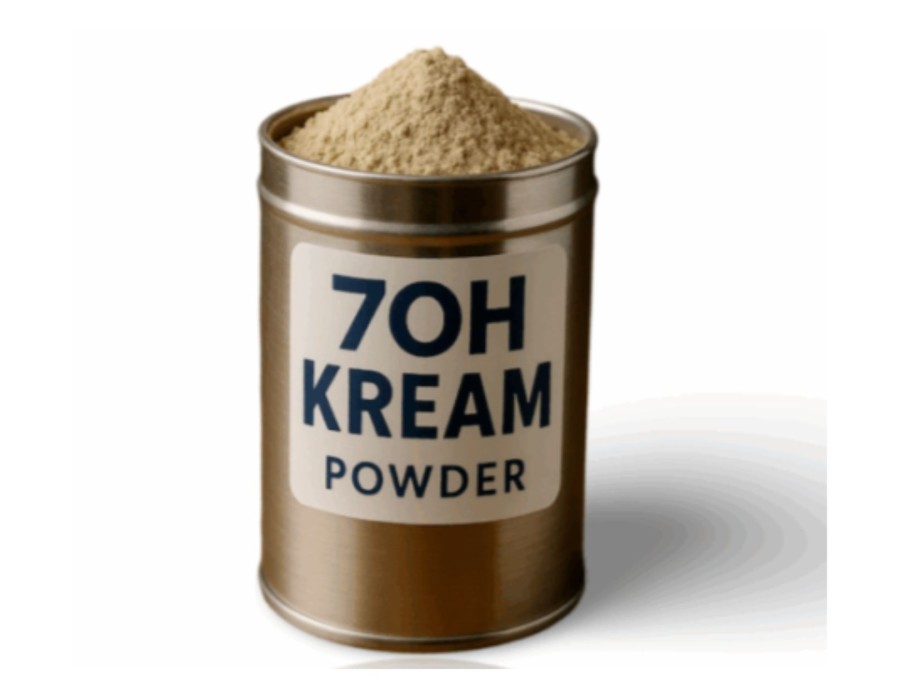Ever wondered why certain plants have such unique properties? It’s all about the tiny compounds inside them. These compounds, called alkaloids, are naturally found in many plants and have drawn a lot of attention for their powerful effects on the body and mind. Among the most talked-about ones today are 7-OH MIT and 7-OHM.
This guide takes a closer look at what these natural alkaloids are really about. We’ll explore what they bring to the table and, just as importantly, what they don’t. No hype, just clear and simple information that anyone can understand.
Table of Contents
- Introduction
- What Are Natural Alkaloids?
- Getting to Know 7-OH MIT and 7-OHM
- What 7-OH MIT Offers
- What 7-OH MIT Doesn’t Do
- Key Takeaway
What Are Natural Alkaloids?
Alkaloids are plant-based compounds made up of nitrogen. You can find them in things like coffee, tea, cocoa, and even some leafy greens. They’re famous for having strong and sometimes surprising effects.
Think of caffeine, an alkaloid that keeps you awake. Or nicotine, which comes from tobacco. Plants often create these compounds as a kind of self-defense, but humans discovered them and started using them for different reasons.
Now, let’s focus on the ones everyone is talking about lately, 7-OH MIT and its close relative 7-OHM.
Getting to Know 7-OH MIT and 7-OHM
7-OH MIT stands for 7-hydroxy mitragynine, while 7-OHM is often another way of referring to the same compound. It’s found in trace amounts in certain tropical trees.
What makes 7-OH MIT interesting is how small amounts can create noticeable effects, which is why it’s a big topic in botanical communities. People compare it to other plant alkaloids because of how different its potency is.
But here’s the catch: it doesn’t exist in high amounts naturally. In most plants, it’s present in very small doses. This means what people talk about is often based on processed or concentrated forms rather than what you’d find in nature.
What 7-OH MIT Offers
Let’s keep it simple. 7-OH MIT, like many alkaloids, offers potency. It’s much stronger in its effects compared to many of its natural cousins. That’s why it gets so much attention.
It also adds to the diversity of plant chemistry. While some alkaloids are mild, this one stands out for how quickly it can act in very small amounts. In short, it’s a concentrated powerhouse of an alkaloid.
Another thing it offers is variety in plant-based research. For scientists and researchers, it opens the door to learning more about how different alkaloids interact. It helps create a clearer picture of how plant compounds can differ from one another, even if they’re from the same source.
What 7-OH MIT Doesn’t Do
Now, here’s the part many forget: 7-OH MIT isn’t a magical fix for anything. It doesn’t replace other alkaloids entirely, nor does it offer some kind of all-in-one solution.
It also doesn’t act alone in nature. Plants usually have dozens of alkaloids working together. Focusing only on 7-OHM can leave out the bigger picture of how natural compounds balance each other.
And importantly, it doesn’t change the fact that it’s only one part of a much larger chemical mix. Without context, its role can easily be misunderstood.
Important Note!
7-OH MIT, also known as 7-OHM, is a natural alkaloid with strong potency that sets it apart from many other plant compounds. It offers insight into the fascinating world of plant chemistry and shows how even tiny compounds can have big impacts.
But it’s not the whole story. On its own, it doesn’t provide everything, nor should it overshadow the importance of the many other alkaloids that naturally coexist in plants.
Understanding what it offers, and what it doesn’t, helps keep the conversation balanced and realistic!





Comments